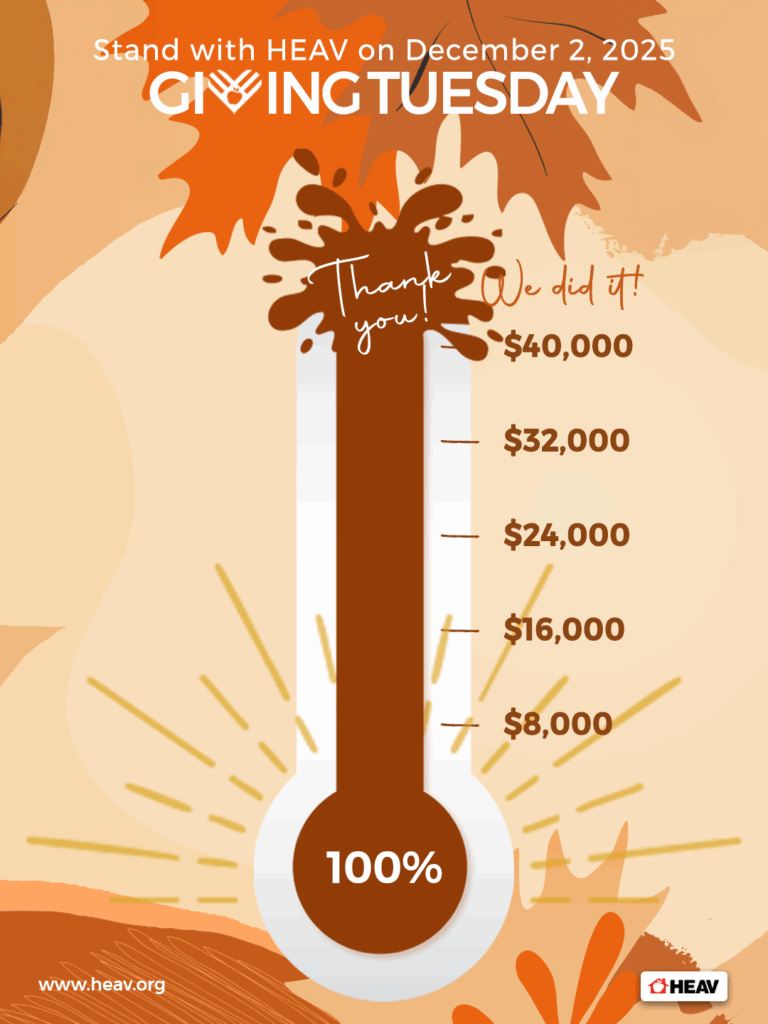Does Your Vote Count? Representation and the Electoral College
To vote is to have a voice. Election Day is the perfect opportunity to teach kids about voting, how the electoral college works, and why it’s important for everyone to have a say, a voice, when it comes to important issues. It can certainly be hard to talk to kids about voting—especially with so many controversial issues being debated in the media—but it is vitally important that you take the opportunity to teach your children how our country works and about the values you believe in. Check out this Homeschool Living for tips on starting conversations with your family, explaining the logistics and function of the electoral college, illustrating the importance of participating in local and national elections, and more.
Even very young students can understand that voting is a way for people to make decisions. This is an easy concept to demonstrate within your family by voting on things like what to make for dinner, what book to read, what game to play, etc. You can also introduce the concept of nominating a “candidate” meal or game before taking votes.
This clear and concise video is a great way to introduce the function and purpose of the electoral college, which you could illustrate in a similar manner by dividing your family—or playgroup or co-op—into groups and assigning them “electoral votes.”
It’s hard to impart the significance of voting to children if they don’t really understand its importance. These nine reasons we need young voters are especially important for teenagers who will be casting real ballots in a few short years. Share your own beliefs with your children and encourage discussion and debate—you might be surprised how they’ll keep you on your toes! Talk about the things that are important to you and your family, whom you’re voting for, and why. It’s equally important to model respectful disagreement—whether your views differ from other family members, friends, or a media representation.
Check out the voter turnout statistics from the 2020 presidential elections, practice some math, and discuss the changes observed. You can also use math to explain the results of the upcoming elections. Represent the election results with crayons, toothpicks, marbles, or other household objects. Start with 100 objects and then divide them into two jars to represent the percentage of the vote each candidate received.
Your Vote, Your Voice Begins with a Conversation
This blog post from The Educators’ Spin on It offers a variety of resources for teaching kids about Election Day, including books, crafts, activities, and more. While it’s important to communicate the importance of voting, be conscious of overwhelming young children with the responsibility. Especially during election season, media coverage of hard-to-understand issues can concern kids. Break down issues and their solutions into kid-sized portions. For example, you can give a child concerned about environmental issues the opportunity to help in ways that are concrete and understandable, like recycling, gardening, and even monitoring and managing energy consumption by turning off lights and researching high efficiency light bulbs, fixtures, appliances, etc.
Megan Mora Fuentes
Enjoy this article?
For more insightful and encouraging homeschool related articles, homeschool living tips, and homeschool connections, visit our HEAV blog.












